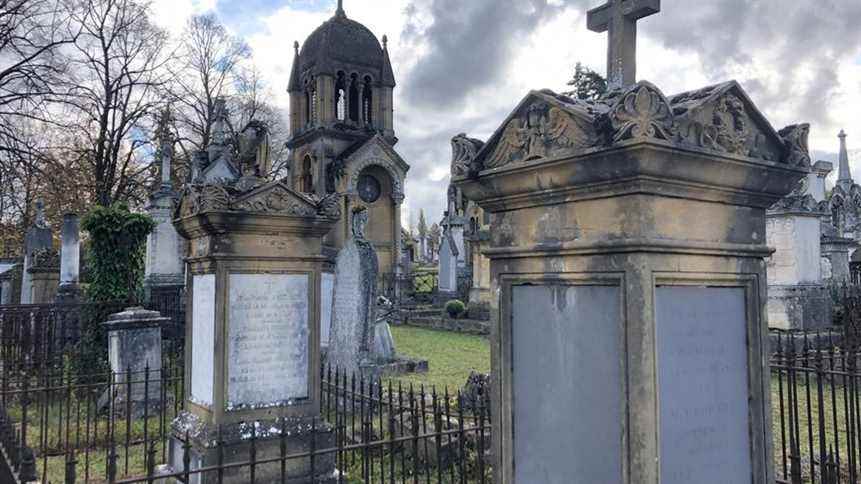You might be walking around there, wondering who is hiding behind such tombs? The tourist office offers a guided tour of the old part of the cemetery of the East of Metz, to discover the most beautiful burials. Back in pictures on this immersed in the political, religious and cultural history of the city, through its graves.
Lantern, Marshal and Stretched Leg
The cemetery was created in 1834, in the heights of Metz, in a hygienic approach following a cholera epidemic. It was originally an elite cemetery to accommodate political and religious actors as well as the city’s wealthiest families.
– Jules Hauss
In 1864, the cemetery was extended. He notably recovers the most beautiful tombs from old Metz cemeteries, such as that of Bellecroix.

– Jules Hauss
On several tombs, central figures in the history of the city have been engraved on bronze plaques. Some have even been sculpted in the image of Félix Maréchal, the emblematic former mayor of the city (from 1854-1871).

– Jules Hauss
The representations on the sculptures also reflect the history of the characters, as with Father Potot. This former canon and battalion commander was wounded in combat … and could no longer bend his leg, as his burial indicates.

– Jules Hauss
Monuments and attention to detail
What is striking when walking between the tombs is the monumentality of some of them. Like this chapel built by the Maire family, tanners over several generations.

– Jules Hauss
There are also mausoleums within the cemetery. Like that of Jean-Baptiste Bouchotte, former Minister of War.

– Jules Hauss
Sometimes, it is also necessary to dwell on the details of graves to better understand the lives of those buried. The inscribed and sculpted symbols that can mark membership in a profession, as for this medical biologist.

– Jules Hauss
Finally, like a mirror of time and the ravages of society, many parts of the cemetery have been stolen or damaged. Often the stained-glass windows in the chapels have been broken. Some statues have even been beheaded.

– Jules Hauss
The next visit will be on November 6. You can book on the website of the tourist office. The number of visitors is limited to 25 people.
